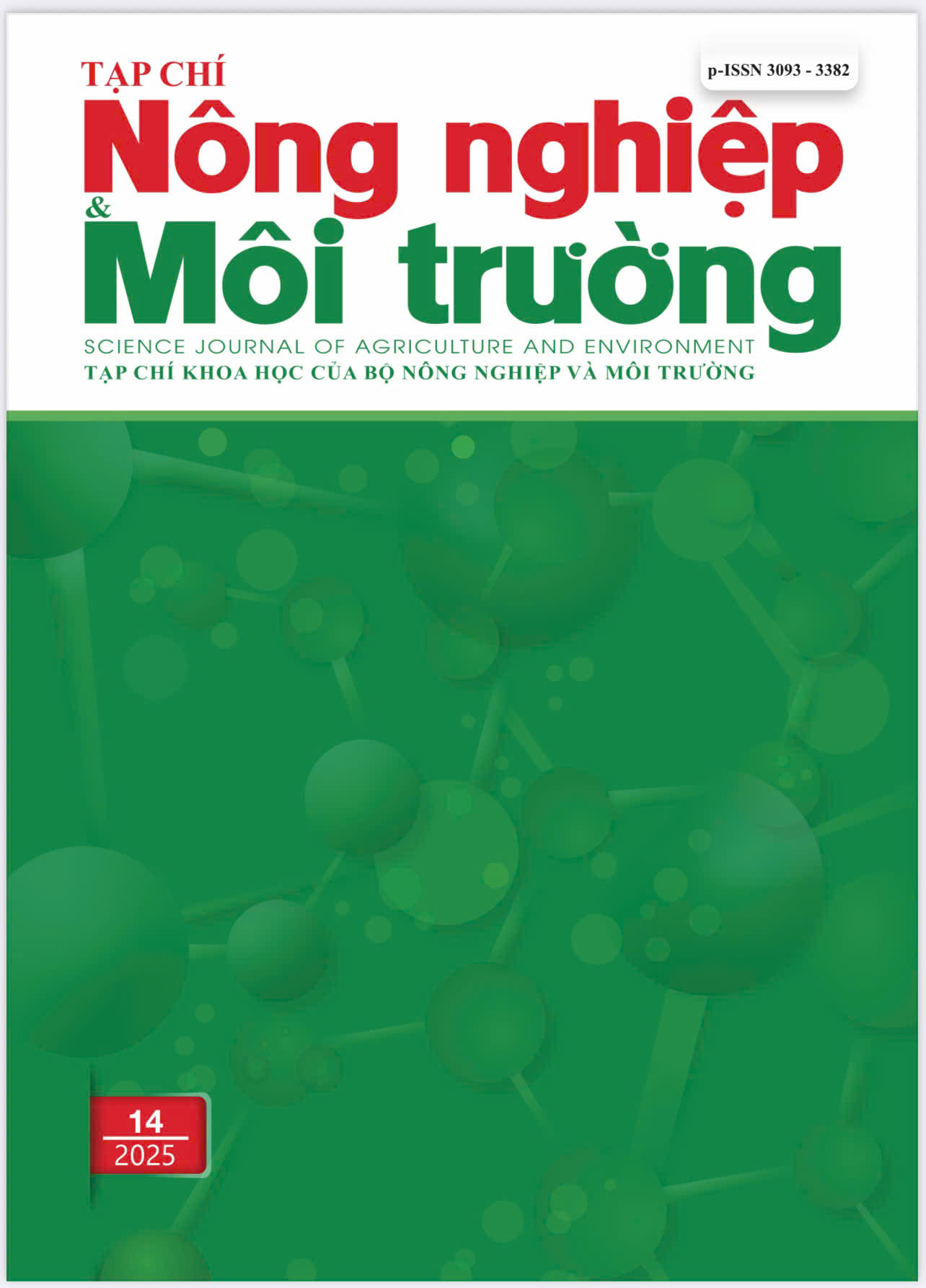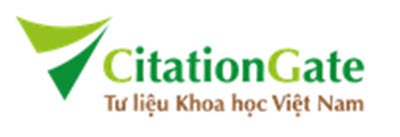SURVEYING THE INFLUENCE OF GAMMA IRRADIATION ON THE GROWTHAND PRODUCTIVITY OF GRAY OYSTER MUSHROOMS (Pleurotus sajor-caju)IN THE FIRST GENERATION
DOI:
https://doi.org/10.71254/0bfce623Keywords:
Gray oyster mushroom, Pleurotus sajor-caju, gamma, rradiation methodAbstract
The study was conducted to determine the effect of gamma irradiation on the growth, development and productivity of Pleurotus sajor-caju. The mushroom mycelium was treated with different irradiation doses (0 kGy, 0.25 kGy, 0.5 kGy, 0.75 kGy, 1 kGy). After irradiation, the mushroom samples were assessed in primary and secondary nutrient medium as well as in substrates medium. Results on the primary nutrient medium, including both PGA and PGAY, showed that the control (0 kGy) had the fastest mycelial growth. Among the irradiated treatments, the mycelium grew best at a dose of 0.25 kGy on both PGA and PGAY media. As the irradiation dose increased the rate of mycelial spread and the quality of the mycelium gradually decreased. On the secondary medium (boiled rice supplemented with rice bran), a dose of 0.25 kGy resulted in the best mycelial growth among all treatments, whereas higher doses, such as 0.75 kGy and 1 kGy, produced slower and thinner mycelial spread. On the substrate medium mycelial spread rates showed no statistically significant differences among treatments. The 0.25 kGy treatment resulted in the shortest harvest time (average of 69.6 days) and the highest biological efficiency (11.56%). The study’s results indicate that irradiation affects the growth and development of Pleurotus sajor-caju across different propagation media, potentially increasing or decreasing mushroom yield and quality.







